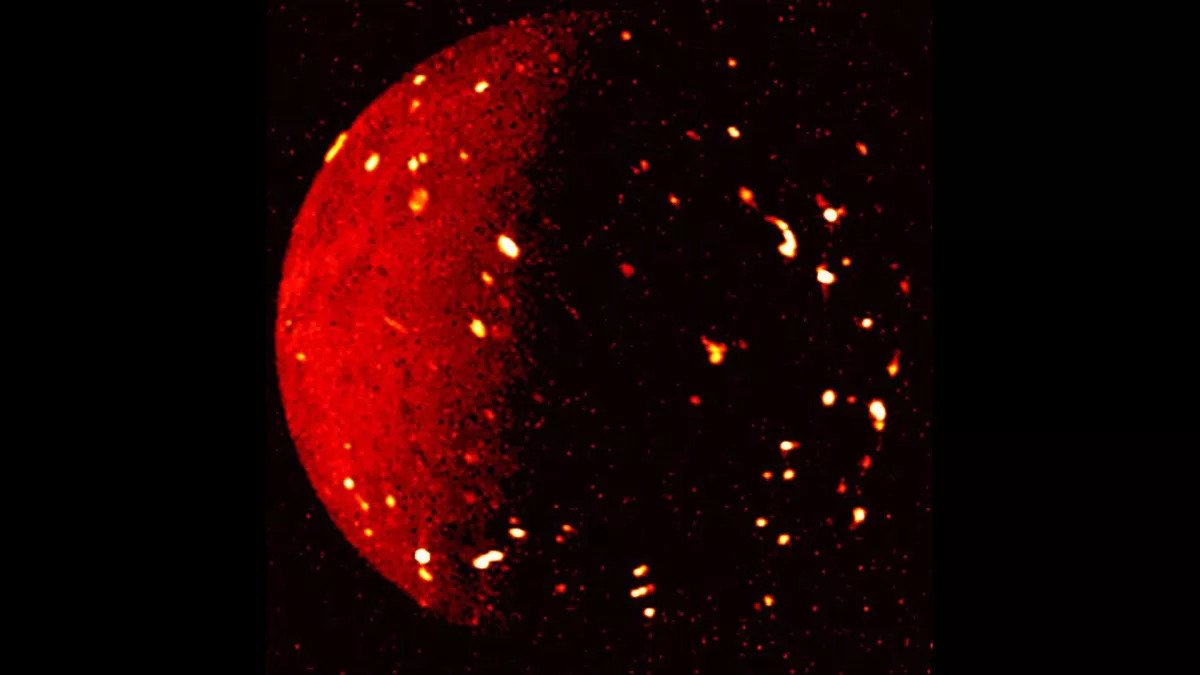The Juno spacecraft received a command to change its trajectory in such a way that in the next year and a half it would be possible to study Jupiter’s moon Io. It is known as the body with the most intense volcanic activity in the Solar System.

New trajectory for Juno
The Juno probe, operating in the Jupiter system since 2016, continues to study its moons. On December 15, scientists sent a team to it, which would transfer it to a new orbit. On it, the device will have the opportunity to study Io during close flights.
Juno has previously studied the other two of Jupiter’s four major moons — Ganymede and Europa. In the first case, it caused a real flurry of scientific work on the largest moon of the Solar System. In the second, which occurred in the autumn of 2022, data processing is still ongoing, but people have already managed to admire the first 3D images of this icy world.
Juno has previously observed Io. However, it happened at a distance of 80 thousand km. The current program provides for 9 flights, 2 of which will take place at a distance of less than 1500 km. This is close enough, although the maximum approach to Europa was only 130 km.
What is the Io moon known for?
Of the four largest moons of Jupiter, which were discovered by Galileo, Io rotates closest to its surface. Unlike Ganymede and Europa, it is not covered with a layer of ice, which hides an ocean of liquid water.
Io is so close to the giant planet that its tidal forces deform the crust and cause volcanoes to appear. The surface of the moon is covered with lava flows. From it, numerous geysers are beating into the sky, rising for tens of kilometers.
Scientists really want to consider all this properly. Although a detailed study of Io, like all other moons, will be carried out by the next device — Jupiter Icy Moons Explorer (Juice). Its launch is scheduled for April 2023.
According to www.space.com
Follow us on Twitter to get the most interesting space news in time
https://twitter.com/ust_magazine

